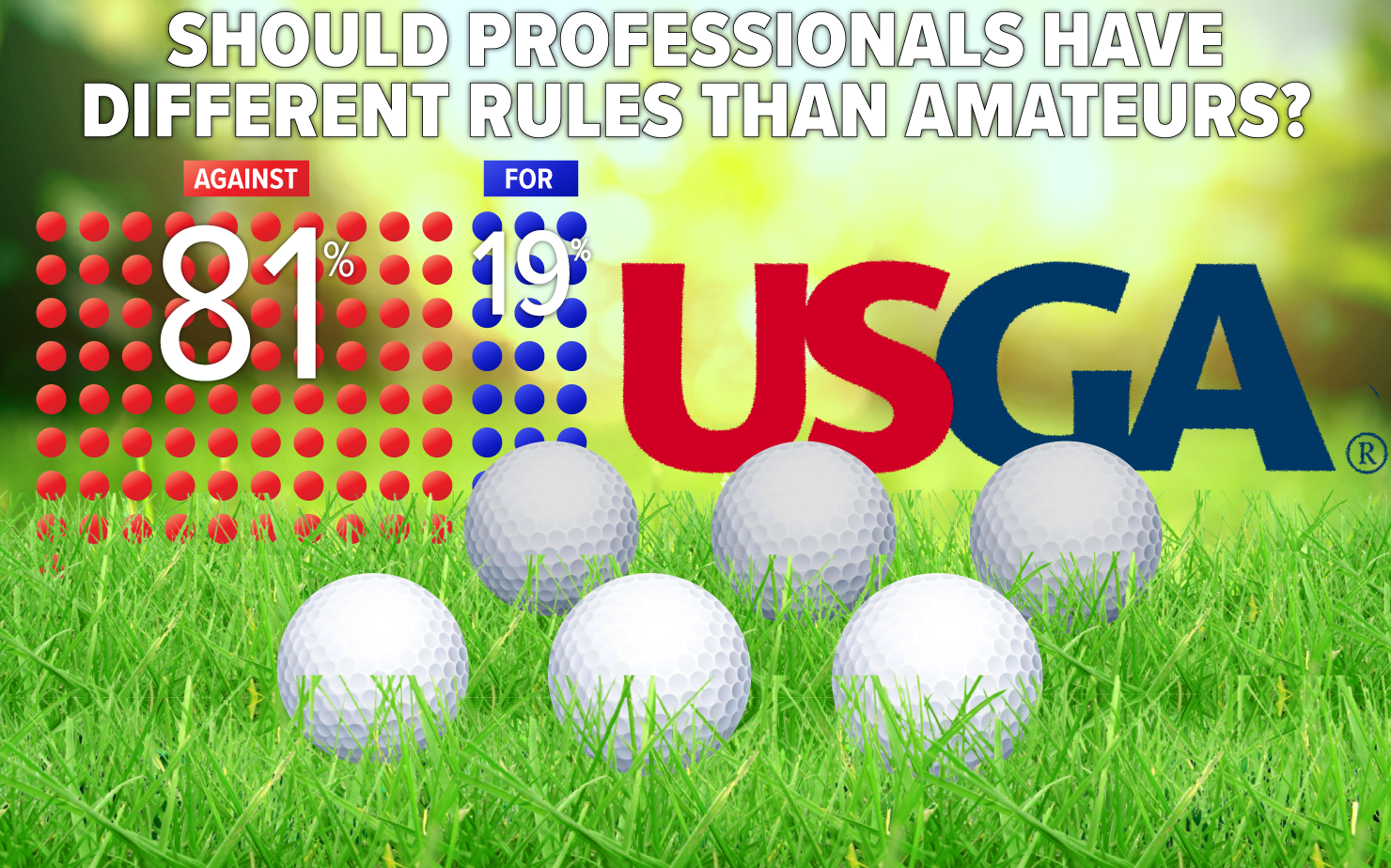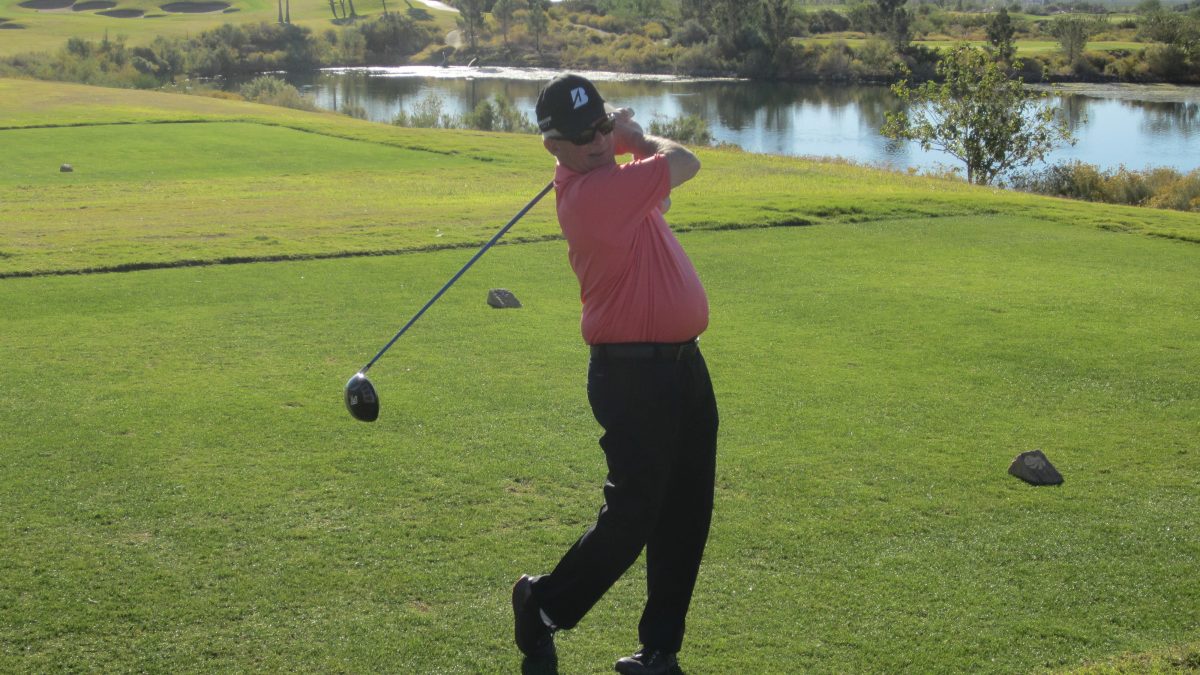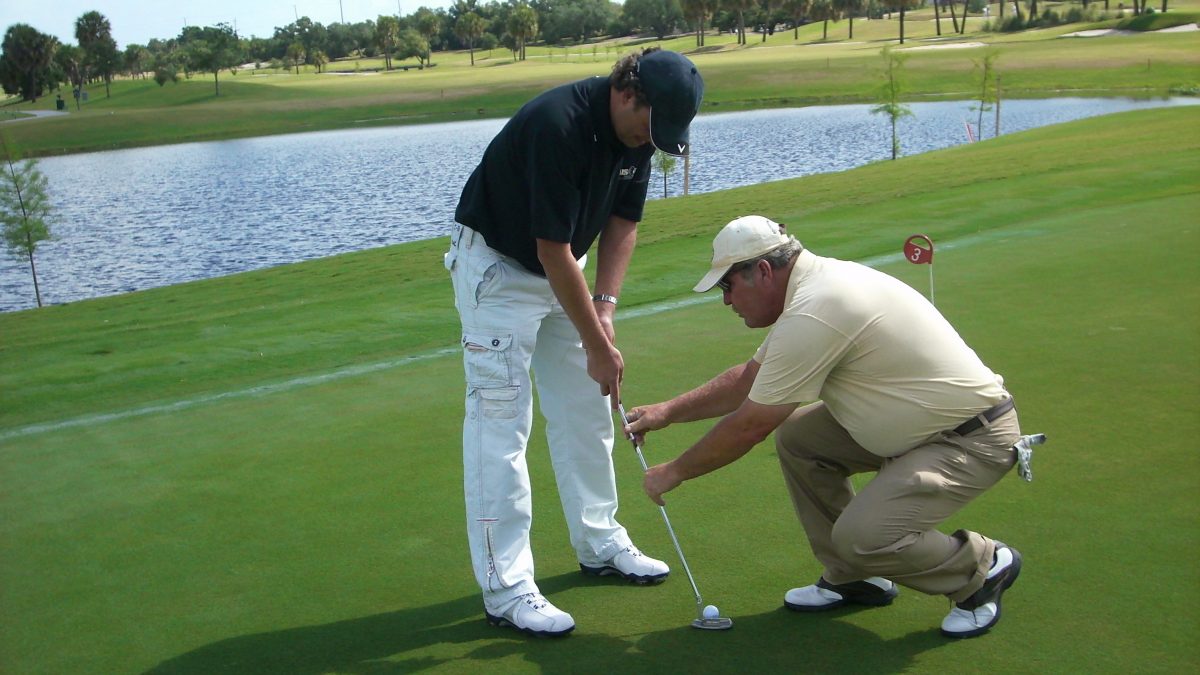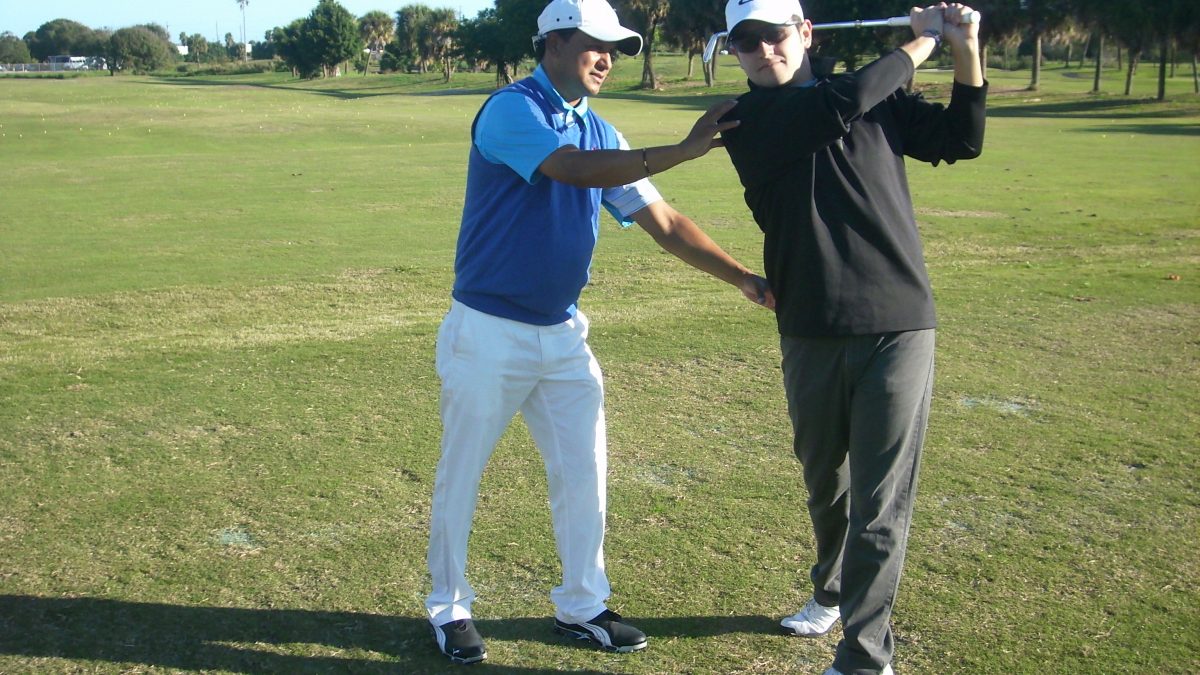EDITORIAL – RULES CHANGE CONTROVERSY…AGAIN?

Starting January 1, 2010, a new grooves regulation was enacted by the USGA and R&A because they thought the then-current grooves spun the ball too much. Club manufacturers found a way to actually make better grooves, which meant the rules change was useless but meant many competitive golfers had to buy new irons. In 2016 came the infamous “anchored putting ban,” which is still a sore spot with many today.
In 2019 the USGA and R&A completely overhauled the rules, the two most drastic changes being hitting the flagstick with a putt was no longer a penalty, and all drops were taken from knee height. After a long adjustment period, golfers accepted the changes. And now comes the latest controversial rules proposal, a Model Local Rule for “elite” golfers where they would play a distance-restricted golf ball. The rules makers deem this necessary because, in their own words, elite golfers hitting the ball too far “undermines the core principle that a broad and balanced set of playing skills should remain the primary determinant of success in golf.” They are also worried about courses supposedly “having” to increase yardage to handle all of this.
People who say, “Why don’t they just make the courses tougher” are not understanding their position. It’s not a matter of score; to them; it’s a matter of angles and what club is being hit into the green. There is also an element who want to return to the days of long irons into par-4s and where going for the green in two on a par-5 was a big deal. But those days are gone.
I recently went to the Korn Ferry Tour in Savannah, Georgia, and they played a course that measured just over 7,000 yards, and I did not see anyone making a mockery of the course. There are also practical problems with implementing a shorter ball: When do promising players switch over? In high school? In college? It would also be tempting for less-honest players to cheat by using the longer ball. It’s also not a given the PGA Tour will adopt the new rule, either, so what would be the incentive for ball manufacturers to even make such a ball? If that happened, the new rule couldn’t even be implemented. In short, while the USGA and R&A will almost certainly put the Model Local Rule into place and will follow it for their championships – as likely will the Masters – if the major tours don’t adopt the rule, we will have a big mess on our hands. And even if they do adopt it, there will still be a mess, albeit a smaller one.


 Before my current tenure as a teaching professional at an indoor studio with all the latest in video and launch monitor technology, I hadn’t really taught that many junior players. That all changed when I took my current position some six years ago.
Before my current tenure as a teaching professional at an indoor studio with all the latest in video and launch monitor technology, I hadn’t really taught that many junior players. That all changed when I took my current position some six years ago.







